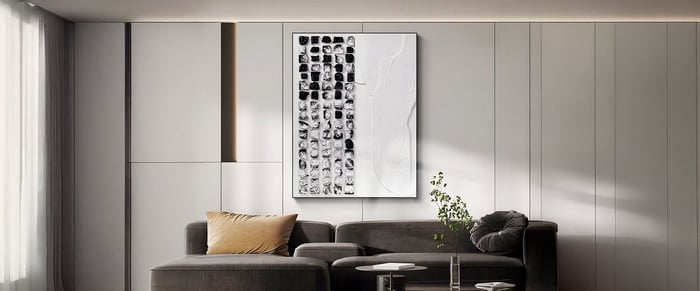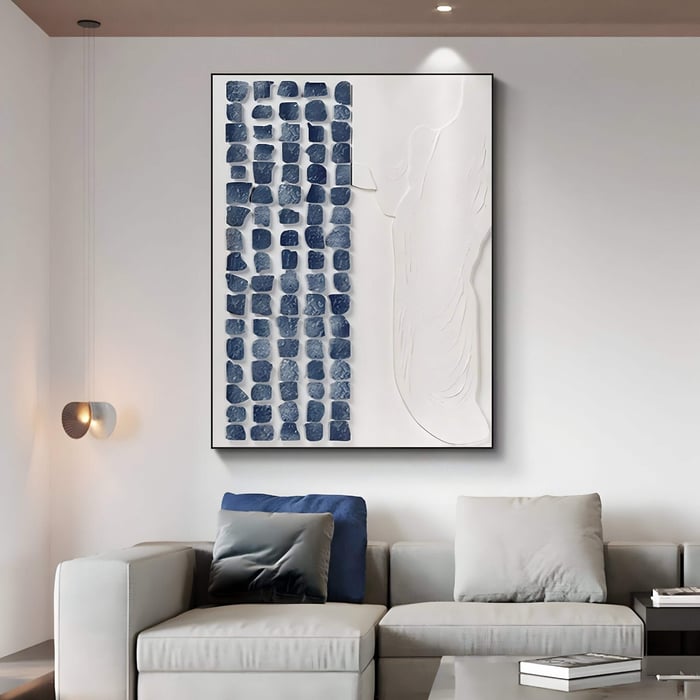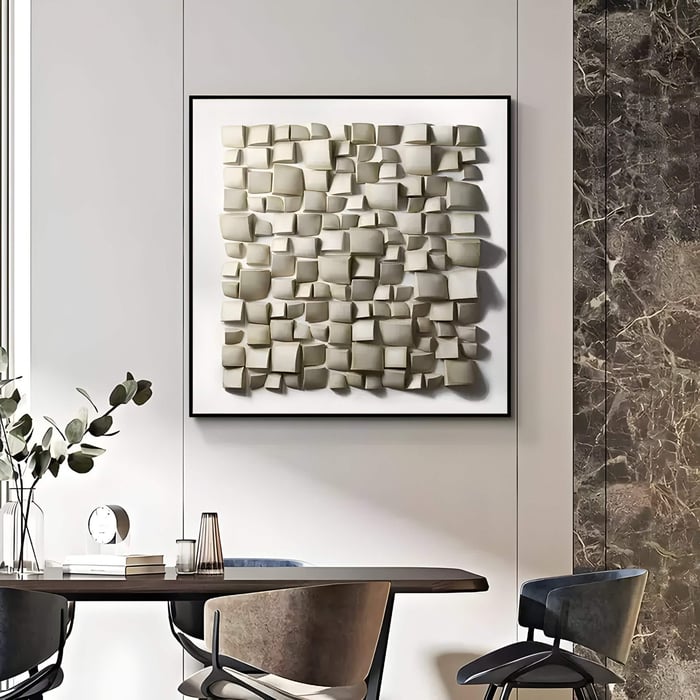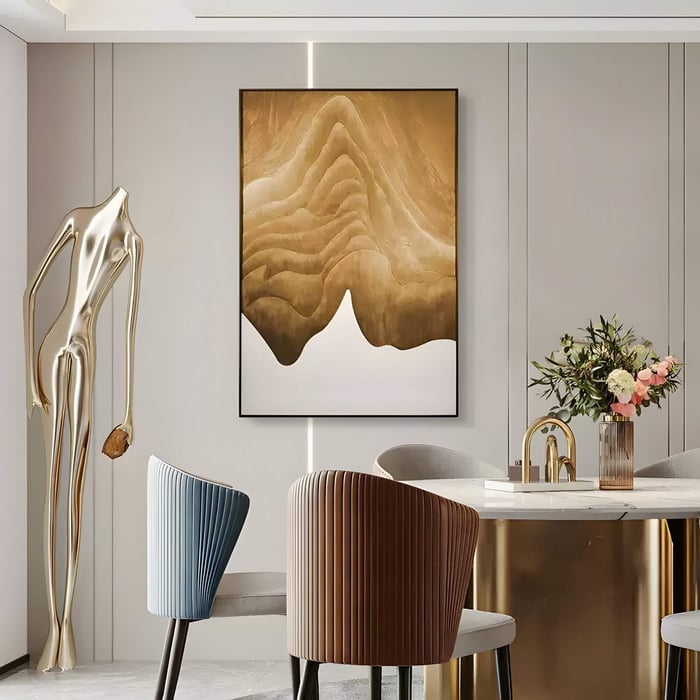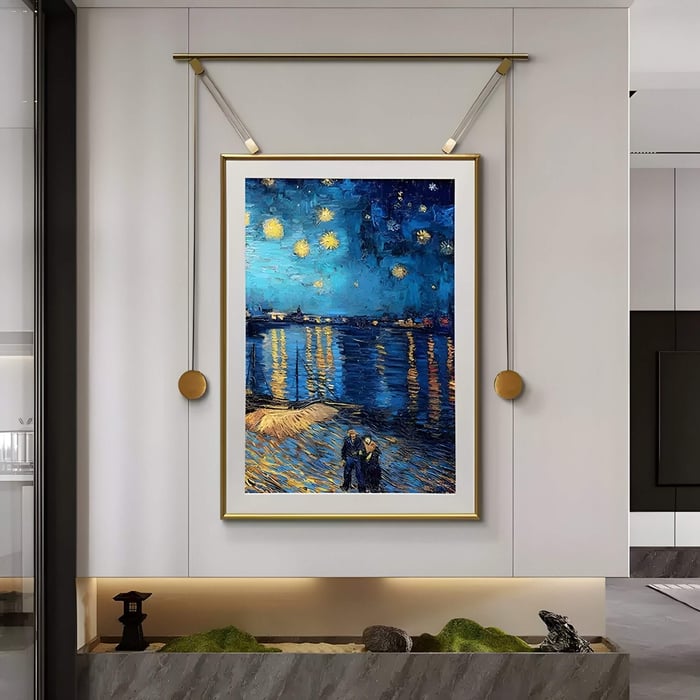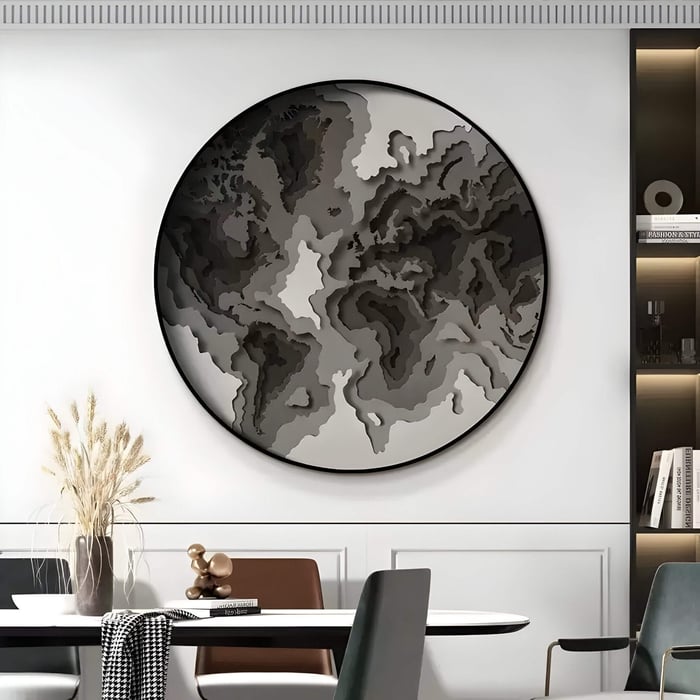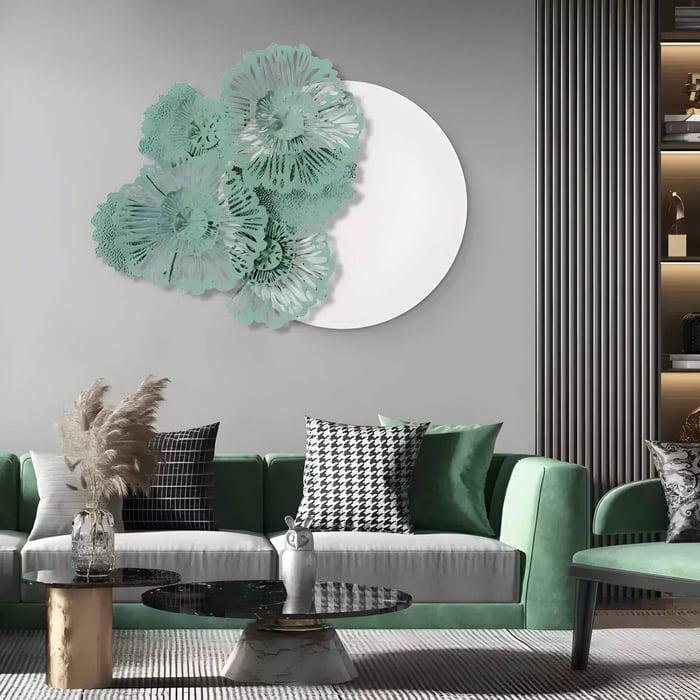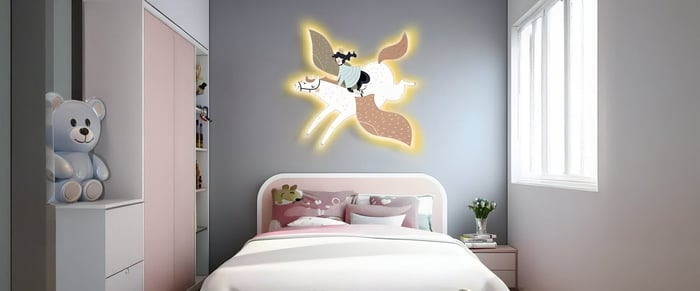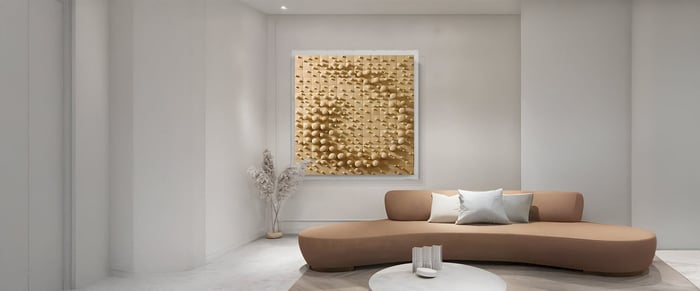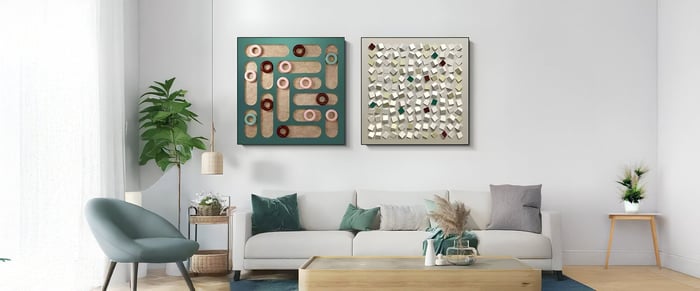Introduction: The Fusion of Minimalism and Nature
In today’s fast-paced world, many are turning to interiors that offer tranquillity, clarity, and a connection to nature. One design approach gaining momentum is a movement that blends simplicity with raw beauty - organic art. This philosophy is about more than aesthetics; it’s about creating a home that supports well-being and mindful living.
By integrating materials like wood, clay, and stone into minimalist environments, these artworks ground the space in nature. There’s something soothing about letting the natural grain of a wooden sculpture or the soft imperfections of hand-formed ceramics share space with clean lines and neutral palettes.
As demand grows for spaces that feel warm, calming, and connected to the earth, this design approach has found its place in homes, offices, and creative spaces alike. This article explores what defines this artistic movement, its roots, and how to use it effectively in your space.
Understanding Modern Organic Wall Art
At the heart of this design style is the use of natural forms and raw materials to create pieces that resonate with simplicity and elegance. This art form often features elements like wood, stone, clay, and textiles, celebrating their inherent textures and imperfections.
The philosophy behind organic art is rooted in the belief that beauty lies in authenticity. By embracing the natural characteristics of materials, such as the grain of wood or the irregularities in stone, artists create works that exude warmth and character. This approach aligns with the principles of wabi-sabi art, a Japanese aesthetic that finds beauty in imperfection and transience. By focusing on the organic and the understated, these modern art invites viewers to appreciate the subtle nuances of the natural world.
The Evolution of Minimalist Design
Minimalism emerged in the mid-20th century as a reaction against the ornate styles that preceded it. Characterized by clean lines, open spaces, and a limited color palette, minimalist design aimed to create environments free from distraction.
Over time, however, pure minimalism was critiqued for its sterility and lack of warmth. This led to a new iteration - one where design stripped back excess but embraced the tactile. Natural materials started appearing in minimalist interiors, softening what could otherwise feel sterile. Furniture with wooden frames, handmade ceramics on white shelves, linen wall hangings in otherwise bare rooms, these elements added soul.
This evolution has given rise to a new aesthetic: contemporary organic decor. It builds on traditional minimalism but allows nature to be more present, often through materials that invite touch and variation in tone or surface.
The Emergence of Organic Modernism
Organic modernism represents the harmonious blend of minimalist design principles with organic materials and forms. This movement emphasizes sustainability, authenticity, and a deep connection to nature.
What defines organic modern design?
Textural depth: Rough wood, tactile wall hangings, or layered art pieces that stand out against clean backgrounds.
Nature themes: From abstract depictions of leaves and rocks to flowing shapes mimicking water or wind.
Biophilic elements: Visual cues that link us back to the natural world and support mental well-being.
Sustainable materials: Emphasis on low-impact production, recycled elements, or eco-friendly fibres.
As eco-consciousness rises, many designers favour artworks crafted from upcycled or renewable sources. For example, cardboard art has evolved from school projects to stunning wall sculptures in upscale homes. It’s light, sculptural, and makes a strong statement.
Incorporating Modern Organic Art into Interior Spaces
Bringing organic art into your home can transform it into a haven of tranquillity. A few carefully chosen art pieces made from natural materials can dramatically shift a room’s energy. Here’s how:
Living Room
Opt for large, hand-carved wooden panels or abstract landscape art that echo the colours of nature - beige, sand, olive, or slate. Choose items that feel tactile and grounding, even if they’re mounted up high.
Bedroom
This is where tranquillity matters most. Choose zen art or woven 3D wall decorations that offer calm and continuity. Think soft textile wall hangings, framed linen art, or raw-edge driftwood mounted on a simple backing.
Entryway or Hallway
Add sculptural pieces that change in appearance with light, like LED wall art in organic shapes or cast-metal art that creates shadows. These high-traffic zones benefit from simple but impactful works that catch the eye and introduce your aesthetic from the start.
Workspace
For creative zones, consider sustainable art design elements that double as inspiration. Mounted flower and plant art or small animal art installations can energise your workflow without overwhelming the area.
When selecting pieces, consider the balance between form and function. The goal is to create a cohesive environment where each element complements the others, resulting in a harmonious and inviting space.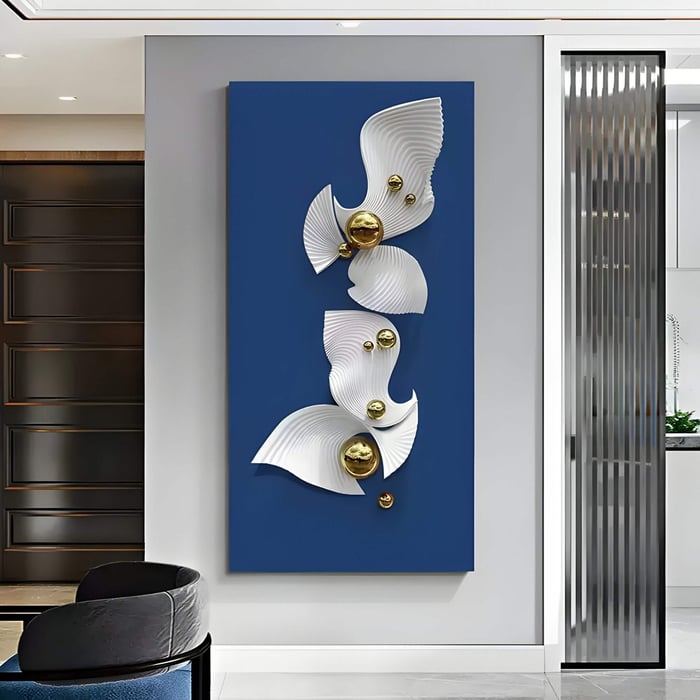
Materials That Bring This Movement to Life
One of the standout elements of this aesthetic is the variety of materials artists use, and how these materials engage the senses:
Clay and ceramics: Often used in wabi-sabi art, showcasing cracks or textured surfaces.
Reclaimed wood: Offers warmth and character, perfect for modern rustic settings.
Linen and jute: Ideal for softer, more relaxed wall pieces that feel lived-in.
Stone and concrete: Brings weight and stability, often seen in sculptural reliefs or plinths.
Recycled paper or cardboard: Used in eco-forward pieces, especially large-format cardboard art installations.
Mixing these materials thoughtfully avoids monotony and adds depth. For example, a room with sleek white walls may benefit from a cluster of small, differently textured organic wall pieces - a linen canvas, a carved wood sculpture, and a clay plaque.
Notable Artists and Works in Modern Organic Art
Several artists around the world are known for fusing minimalism and nature through thoughtful material choices:
Gisela Colón: Known for her Organic Minimalism, Colón creates light-activated sculptures using advanced materials like carbon fiber, blending art with science.
Sui Park: Utilizing industrial materials like zip-ties, Park crafts intricate, biomorphic sculptures that mimic natural forms, exploring the intersection of the artificial and the organic.
Meg Webster: Her installations often combine natural elements with industrial materials, prompting reflections on the relationship between nature and technology.
Rebecca Louise Law: Specializing in floral installations, Law's work captures the ephemeral beauty of nature, allowing viewers to experience the changing states of organic materials.
Ranjani Shettar: Shettar's large-scale installations blend traditional Indian craft techniques with contemporary forms, using materials like wood, beeswax, and cloth to create immersive environments.
These artists exemplify the diverse approaches within organic art, each bringing a unique perspective to the fusion of nature and minimalism.
Conclusion: Embracing the Natural Minimalist Aesthetic
In a digital world saturated with visual noise, the tactile beauty of nature stands out more than ever. This isn’t about chasing a trend. It’s about coming back to what feels good - spaces that breathe, materials that age gracefully, and designs that respect nature rather than overwhelm it. The rise of organic art reflects a broader desire to reconnect with nature and create spaces that nurture the soul. By integrating natural materials, embracing imperfection, and focusing on simplicity, organic modern artworks offers a pathway to more mindful and sustainable living.
Whether you're redesigning your home or simply looking to add a touch of nature to your surroundings, consider exploring the world of organic art. At Giant Sculptures, you'll find a curated selection of pieces that embody the essence of this movement, helping you transform your space into a serene and inspiring sanctuary.












































































